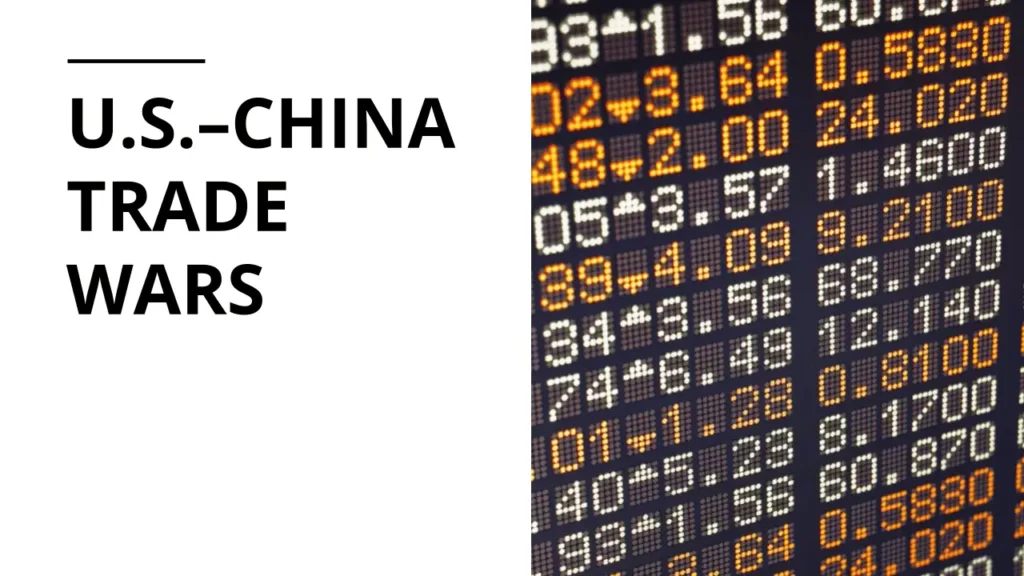Introduction
Tariffs. Trade wars. Market selloffs. It’s the kind of macroeconomic chaos that rattles headlines, unsettles investors, and challenges the resolve of every operator trying to grow a business in uncertain waters. Since the Trump administration’s imposition of sweeping tariffs on Chinese goods, the U.S.–China economic standoff has reshaped global trade patterns and sowed confusion across the food manufacturing, wholesale, and advisory sectors.
But chaos can also breed clarity. And for those paying attention, this environment offers a masterclass in strategy: how to stay disciplined, adaptable, and—above all—informed.
1. Discipline: Stay Grounded in Fundamentals, Not Fear
When former President Trump declared, “I am a Tariff Man,” many business leaders went into panic mode. Yet veteran investor Warren Buffett had a different message: stay calm. In his 2019 letter to shareholders, Buffett emphasized that economic disruptions should not derail long-term strategy. He reminded investors that “over the long term, the stock market is a device for transferring money from the impatient to the patient.”
Business investors must apply the same logic. Don’t let scare tactics dictate strategy. A temporary spike in soybean tariffs or a 20% steel import duty is not a reason to abandon core business principles. Growth requires patience, even when policy turbulence makes the ground feel unsteady. Remember: “Short Term Pain to receive Long Term Gains.”
2. Adaptability: Diversify Supply Chains and Think Regionally
In food manufacturing and retail distribution, adaptability is the new currency of survival. Businesses overly dependent on China have learned the hard way. The winners in this space have executed the China+1 strategy—bringing in suppliers from Vietnam, Mexico, or India to spread risk.
U.S. agricultural exports, once dominant in China, are now shifting toward newer trade partners in Southeast Asia and Europe. This is a wake-up call for growing businesses: if one country can upend your sourcing strategy with a policy change, it’s time to rethink your exposure.
3. Information: Use Intelligence to Create Opportunity
This is where consulting and advisory firms come in. The tariff war has created demand for new-age experts who understand trade policy, sourcing logistics, and international risk management.
Consultants helping middle-market firms re-engineer supply chains or navigate compliance rules are seeing increased engagement. Growing investors should follow suit—investing in knowledge and advisory tools that reveal where to pivot and how to insulate profits.
Strategic Takeaways for Investors
– Reframe trade risk as competitive advantage: While others panic, seek out acquisition opportunities in distressed sectors (agriculture, retail importers).
– Favor businesses with pricing power: If a company can pass on tariff costs without losing customers, it’s got a moat.
– Monitor global shifts, not just domestic headlines: The U.S.–China standoff has accelerated multi-regional trade zones. Smart investors are watching ASEAN, LATAM, and Africa for trends.
– Think Buffett, not the broadcaster: Short-term noise doesn’t build long-term wealth.
Final Thought: Riding the Storm Like a Pro
During my 21-day bike ride from Chicago to Mobile, AL, I learned a simple truth: you can’t control the headwinds—but you can control your pace, your preparation, and your response.
Tariffs are just another headwind. For the growing business investor, the winners won’t be those who react the fastest—but those who plan the furthest. Remember, “Short Term Pain to receive Long Term Gains.”







